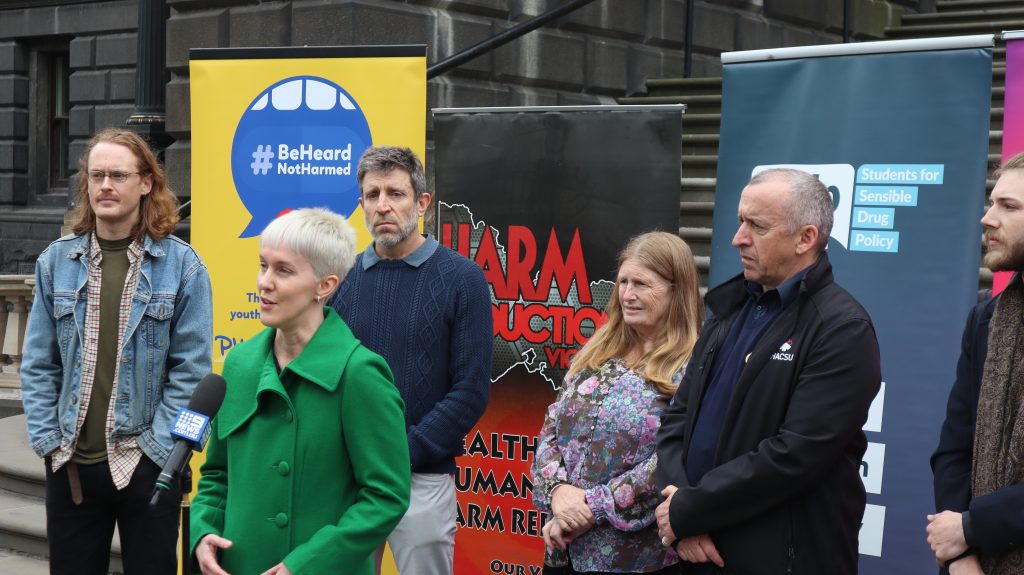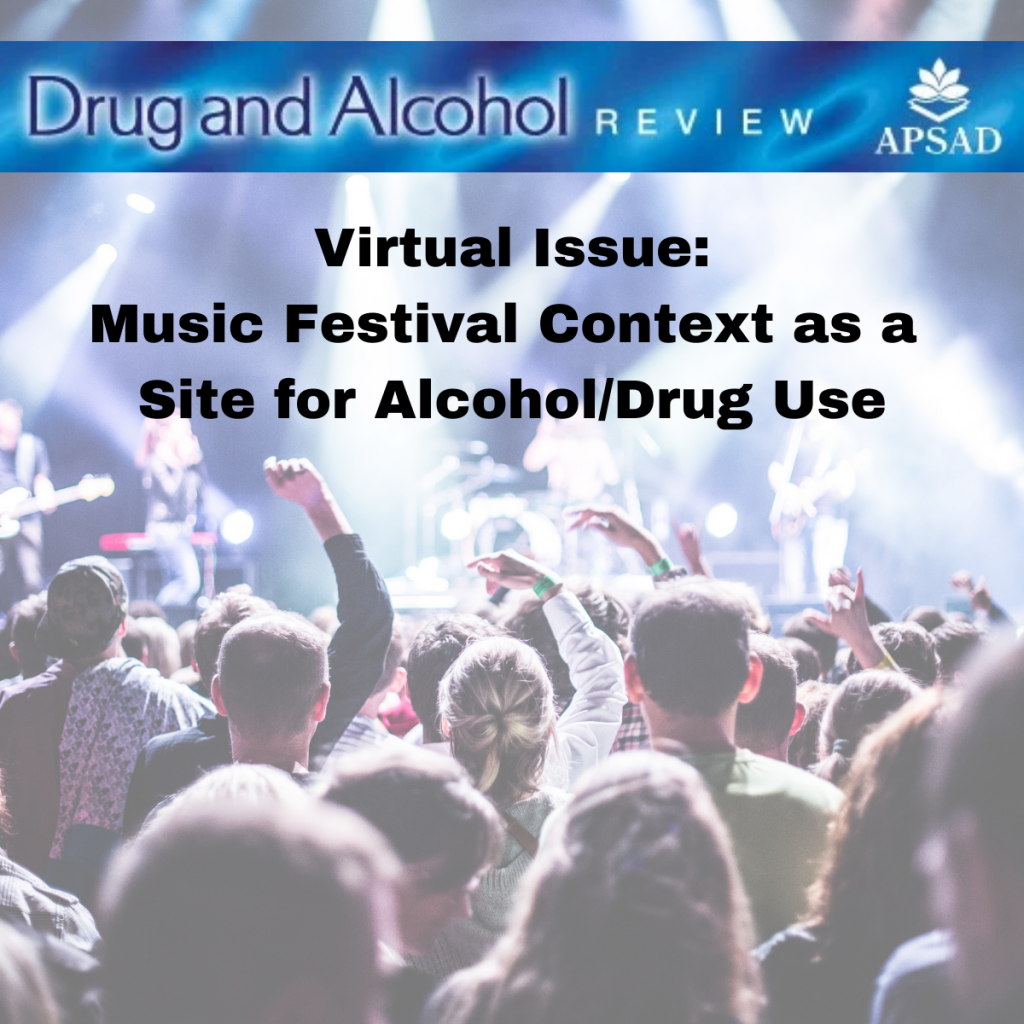The unfortunate death of a 20-year-old Sydney woman in 2007 provided a catalyst for my analysis of how online drug-using communities defined PMA and ecstasy. PMA or para-methoxyamphetamine is structurally similar to the phenylethylamines (MDxx) and mescaline. It is a hallucinogenic stimulant with a low threshold for overdose, making it definitively more dangerous than pure MDMA. Most, but not all, use of PMA is inadvertent, as the users believe they are consuming an MD derivative when they buy pills sold as ‘ecstasy’, but the pill actually contains PMA.
Annabel Catt’s death in 2007 followed her ingestion of ‘ecstasy caps’ which were later found to contain PMA. Her friends did call an ambulance but Annabel died later in hospital due to overheating and respiratory failure.
There were a range of public responses to Annabel Catt’s death. Police warned the public about the dangerousness of all illicit drug taking. Toxicology results were released indicating PMA in Annabel’s system and police released the testing results from seized capsules and pills indicating that there were PMA batches in circulation at the time.
Bluelight.ru and Pillreports.com issued warnings to their users about how to deal with pills sold as ecstasy and PMA. Australian Bluelight moderators wrote an email on the topic which was also distributed across many of the forums I was monitoring. The re-posted email generated much discussion across these different groups.
I identified three different discourses around ecstasy and PMA in these responses, as indicated in the title of this post: dangerous, manageable, and hardcore.
The first discourse ‘A dangerous drug’ is a familiar, dominant discourse that positions all illicit drug use as inherently aberrant. This discourse underpins prohibition and it disrupts attempts to reduce harm by denying any possible lower-risk drug use. The ‘dangerous drug’ discourse is problematic because within it, the notion of pleasure is absent, and all drug use, regardless of context, is positioned as problematic. This discourse was found mainly in the media and police public responses to Annabel Catt’s death.
The second discourse ‘harm reduction’ recognises that people will continue to use drugs, that some drug practices are riskier than others, and that people who use drugs can and should act to reduce risks. Drug-related harms are seen as manageable. The harm reduction discourse draws on notions of neoliberal self-responsibility; that is, individuals must look after themselves and ‘do the right thing’, especially in relation to keeping themselves healthy. There was also a communitarian ethic present in the harm reduction discourses around taking responsibility to look after your friends. The harm reduction discourse was the dominant discourse in the drug-user online settings involved in this project.
The third discourse redefined the ‘dangerous drug’ or ‘manageable risk’ as ‘fun’. Rather than being a reason to avoid PMA, the fact that it was described as a ‘strong psychedelic stimulant’ was seen as a positive or as a challenge. For the drug users employing this discourse, pleasure and fun were privileged above risks and harms. In fact, pleasure and fun may indeed derive directly from the riskiness of a drug practice. For these individuals, defining PMA as ‘fun’ or ‘hard-core’ can be seen as an act of health resistance and using PMA intentionally can be seen as an act of defiant consumption, and the rejection of neoliberal values and the health imperative. The ‘PMA sounds fun’ discourse was present in the responses to the Bluelight email re-posted to the numerous dance music forums involved in this project.
These three discourses illustrate that drugs are more than their pharmacology: their effects and meanings are under construction and online settings are one place where that ongoing negotiation of meaning occurs. The implication for drug policy is that we cannot assume that if people were ‘better informed’ they would choose not to use drugs. Pleasure and fun may be more highly valued than health in some cases. We need to think further about how to include people who are actually attracted to danger in our frameworks, rather than assuming that everyone is determined to look after themselves.
At the APSAD in Hobart, I presented a paper from my PhD called ‘PMA sounds fun’: Negotiating contested meanings of PMA in online settings. You can view the 15 minute vimeo here. This article is a shorter summary of this work: I am working on the full paper which will be submitted for peer-review in the next month. This article has also been reproduced at Global Drug Survey, where I am now part of the international advisory committee.



